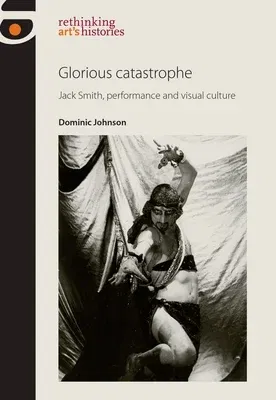Heralded by peers as well as by later generations of artists, Jack Smith
is an icon of the New York avant-garde. Nevertheless, he is
conspicuously absent from dominant histories of American culture in the
1960s, as well as from narratives of the impact that decade would have
on coming years. Glorious catastrophe presents a detailed critical
analysis of Smith's work from the early 1960s until his AIDS-related
death in 1989, and foregrounds the challenges his work may pose for
histories of performance and visual culture.
Smith poses uncomfortable challenges to cultural criticism and
historical analysis, and his legacy sheds light on the ways canons of
performance and visual culture have been established and maintained.
Dominic Johnson argues that Smith's work offers critical strategies for
rethinking art's histories after 1960, and considers Smith's practice
towards a celebration of eccentric logics of cultural production,
including boredom, excess, camp, paranoia, failure, and disgust.
The first critical analysis of Smith's practice across visual art, film,
performance and writing, this study employs extensive, original archival
research carried out in his personal papers, and unpublished interviews
with friends and collaborators. Johnson proposes to accept, endure, and
record the experience of struggle - not least Smith's own - as a
testament to one's own confusion, or possible destitution, in the
encounter with performance and visual culture.
Glorious catastrophe will be essential reading for students and scholars
interested in the life and art of Jack Smith and the greater histories
that he interrupts, including those of experimental arts practices and
the development of sexual cultures.

